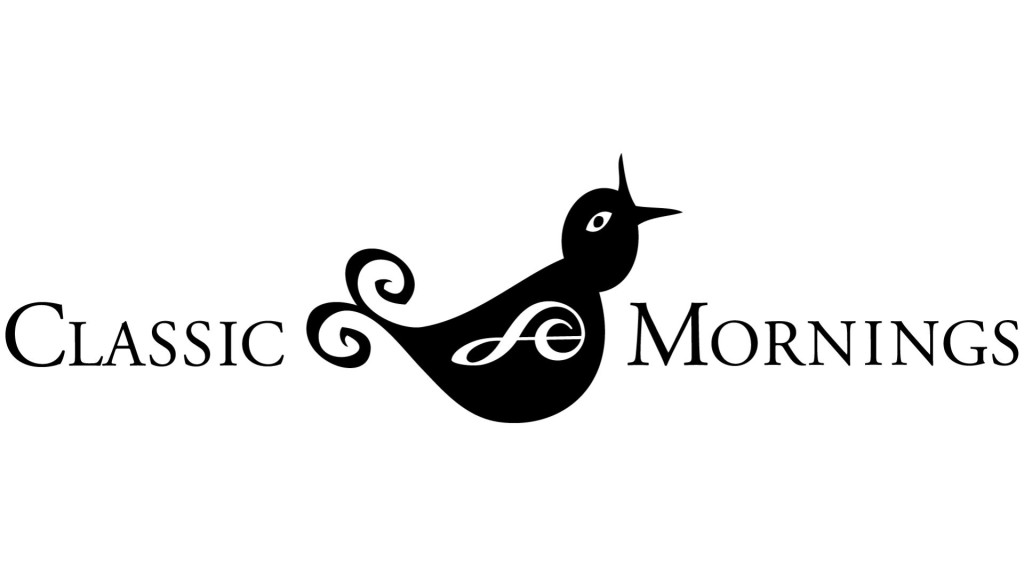When In Bagnacavallo

“You can lead a horse to water...” The famous expression came to mind a couple of years ago, and it coaxed a little smile.
I had just learned about a town in northern Italy where a CD of mandolin sonatas by Giovanni Battista Gervasio was recorded (Tactus 720201). The town, near Ravenna, is named Bagnacavallo, which means “horse bath.” The story is told that the Romans, convinced of the therapeutic effects of the waters, would stop there to bathe their horses. The town probably acquired its name during the Middle Ages. And a website called Italian Notes mentions that the town’s coat of arms includes the words: “It enters ill and comes out healthy.”
Since we’ve been enjoying the recording for a handful of years, I thought I’d check in on the ensemble and the town to see what’s new. I found no updates on the Inchordis Ensemble or mandolinist Sergio Zigiotti. The town suffered severe flooding last May. The idea of a horse bath was no longer amusing, as cars were submerged in flood waters, putting a damper on their horsepower.
The good news is that the restaurants in the town seem to be doing just fine. After glancing at a few online photos, I wanted to be led to Bagnacavallo for lunch!
I’m not sure what led me to another discovery. Though I never would have hesitated to introduce Johann Sebastian Bach as “the one and only,” it turns out that there were two. The composer’s grandson was named Johann Sebastian as well.
Sometimes referred to as Johann Sebastian Bach the Younger, he was a painter, and well-known for landscape paintings. He was born in Berlin, where Carl Philipp Emanuel Bach, his father, served as a composer and musician for the Prussian King Frederick II. He also lived in Hamburg, after his father accepted a music directorship in that city. He died at age 29 after travelling to Italy to study. Carl Philipp Emanuel Bach lived to be 74 and came to be a much-admired composer of the 18th century.
There are two Concertgebouw orchestras: the Royal Concertgebouw Orchestra and the Concertgebouw Chamber Orchestra. I’ve mentioned for years that the Concertgebouw Chamber Orchestra is not called the “Royal.” Concertgebouw Chamber Orchestra. Recently, I learned from their website that it’s been called the Concertgebouw Chamber Orchestra only since 1987. Before that, the ensemble was known as the Amsterdam Chamber Orchestra. It was founded in 1957.
Royalty doesn’t come easily. It took 100 years for the Concertgebouw Orchestra of Amsterdam to earn the title “Royal.” That was in 1988, in the year of its centennial celebration. It’s not as if the chamber orchestra’s players feel like second class musicians. They’re all members of the Royal Concertgebouw Orchestra. So, they’re royals already.
How does a piece of music acquire the distinction of “favorite” encore? I wondered about that when I glanced at the contents of a recording from the early 1990s titled Favorite Encores, with the Detroit Symphony Orchestra conducted by Neeme Järvi. (Chandos 6648)
It’s always exciting when performers return to the stage in response to applause. If they decide to present an encore, do you hope it’s something familiar – and something that you’ll enjoy? Or would you prefer to be introduced to an unfamiliar piece that you might enjoy? I guess we’d all agree that we’d rather not hear something we’re not going to enjoy, though I’m sure there’s always somebody who’s going to like a piece of music.
Anyway, there are a couple of works on the CD which I’ve been playing ever since the recording arrived in 2001. Though they may have become better known on Classic Mornings, I doubt that they’ve risen to the status of “favorite.” Were they favorites of the Detroit Symphony Orchestra when Neeme Järvi was music director and when the recording was made? In all fairness, I have to admit that If I had been introduced to those pieces as concert encores, I would have scrambled backstage after the concert to find out what they were.
Planning a program last week, I quickly jotted down ideas for a word puzzle and children’s book title. I had played selections by the 17th century composer Jean-Baptiste Lully and the 18th century violinist/composer Antonio Lolli. Yes, the names sound similar. French composer Jean Baptiste Lully actually was born Giovanni Battista Lulli in Florence. He became Lully after he established himself in Paris. And that’s how you’ll always see his name spelled. That suggested all sorts of possibilities for a little word puzzle. But neither composer is well-known in our time. So, it wouldn’t be a fair puzzle. Yet, I wondered about a children’s book title: Lulli and Lolli. Doesn’t that sound like fun? OK, maybe for children in Florence or Rome - or Bagnacavallo.

